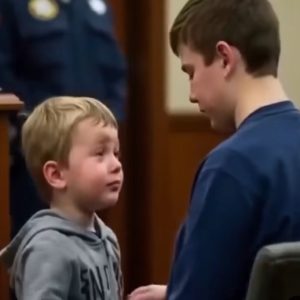My brother Samuel and I were abandoned when I was just 14. I tried my best to care for him—he meant everything to me. But soon, the system separated us and placed us in foster care.
A Struggle to Reunite
At 16, I worked three jobs and went to night school so I could rent a tiny flat—my first step toward bringing Samuel home. Monitored visits kept us in touch, but they were painful.
“When can I come home?” he’d ask. I’d whisper, “Soon,” hoping it wasn’t another false promise. In court, the judge told me, “Brad, you are just too young.” Francis, our case worker, sympathized: “Brad, I am aware you are doing everything you can, but it’s just not enough.”
A Helping Hand
One day, as I sat heartbroken in my small apartment, my landlady, Mrs. Rachel, knocked with cookies. When I told her the court wanted proof I could provide for Samuel, I said, “They want proof I can provide for him, like I wouldn’t starve myself to make sure he’s fed.” She replied kindly, “Fix up the spare room upstairs. Same rent.” That gave me hope. I painted it blue—Samuel’s favorite color.
A Second Chance
Frances later said kinship care was my best option. In court, I told the judge, “I might be young, but I’ve cared for Samuel his whole life and I can give him a home where he feels safe and loved.” Even Samuel’s foster parents agreed. After a long pause, the judge finally said, “Samuel is at his best with his brother.” He ran into my arms. That night, we celebrated with pizza—the day our little family was whole again.

